Slideshow About the Clean Water Rule

The health of rivers, lakes, and coastal waters depends on the streams and wetlands where they begin. We need clean water upstream to have clean water downstream where we live, work and play. That’s why the Clean Water Rule protects the 60 percent of streams and millions of acres of wetlands that were vulnerable to pollution and destruction. We all live downstream and need the water to be clean. View an infographic. (1 of 10)

Our mightiest rivers and largest lakes begin in small headwater streams. About 60 percent of stream miles in the U.S. only flow seasonally or after rain, but have a considerable impact on downstream waters. Here’s a fact: Small streams can filter out 20% to 40% of nitrogen pollution. Learn more about streams. (2 of 10)
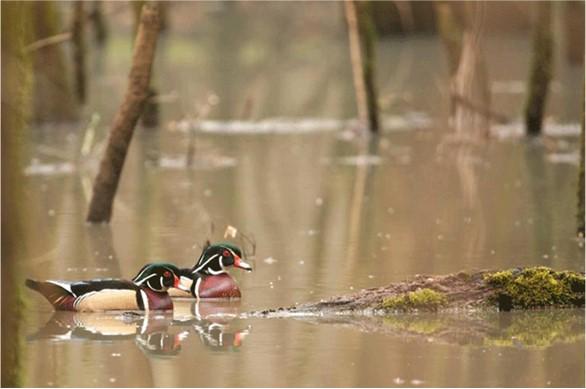
Wetlands filter pollution, trap floodwaters, recharge groundwater supplies, and provide habitat for fish and wildlife. Here are some facts: More than one-third of the threatened and endangered species in the U.S. live only in wetlands. An acre of wetlands can store up to 1.5 million gallons of floodwater. Learn more about wetlands. (3 of 10)
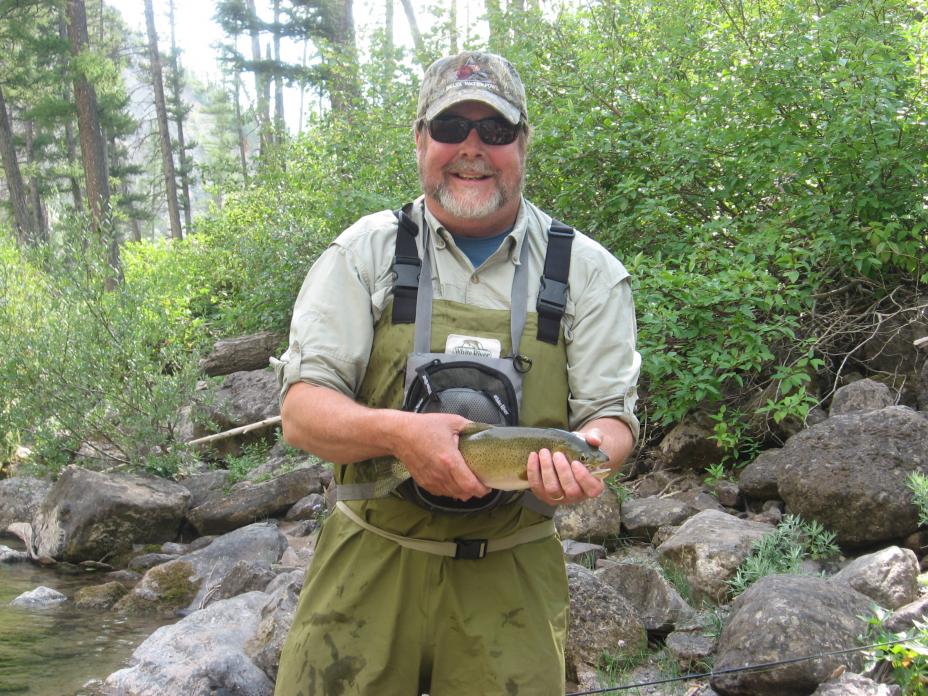
You can’t have healthy fish without clean water. Headwater streams are vital to downstream habitat of fish. Here are some facts: Fishing is a $48 billion per year industry that supports nearly a million family wage jobs. About 33 million Americans go fishing each year. Read a fact sheet about recreation. (4 of 10)
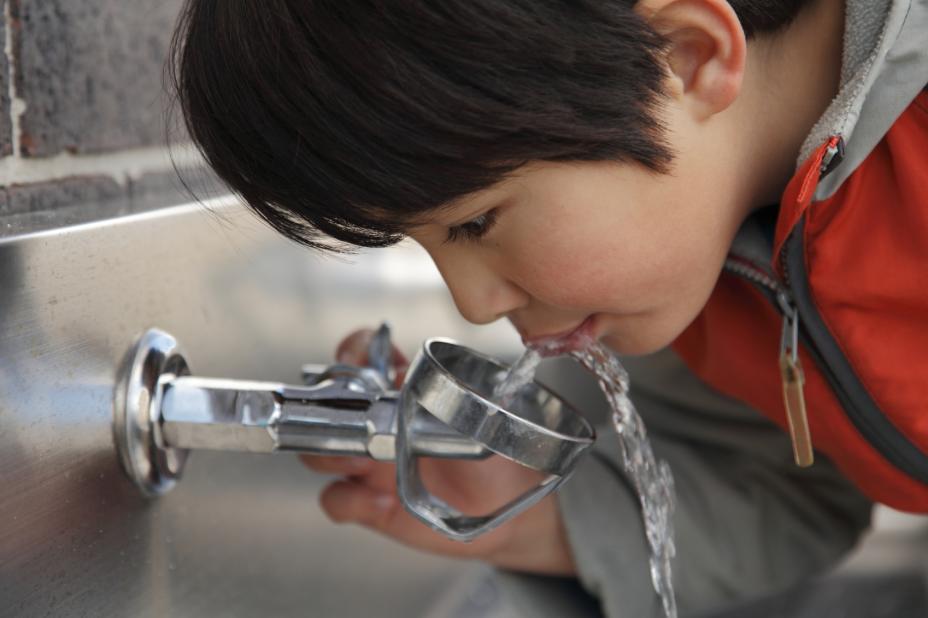
Streams, rivers, and lakes are major sources of drinking water. When utilities can withdraw cleaner water, it means less treatment and cleaner water at your tap. Here’s a fact: About 117 million people – one in three Americans – get drinking water from systems that rely on seasonal and rain-dependent streams. See a map of areas with drinking water sources protected by the Clean Water Rule. (5 of 10)
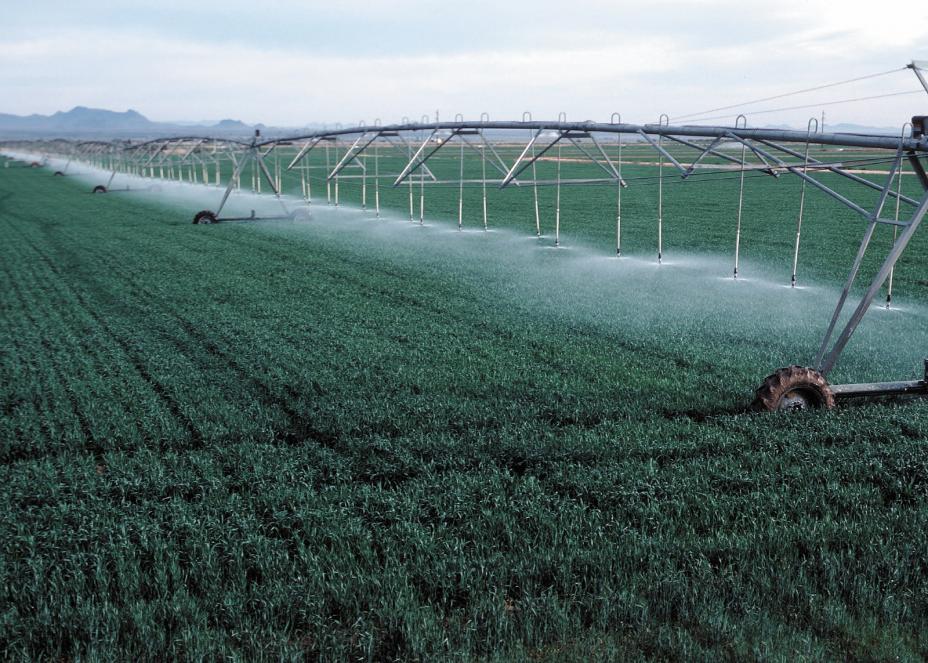
Farms across America depend on water for livestock, crops, and irrigation. The Clean Water Rule protects clean water without getting in the way of farming and ranching. Normal farming and ranching—including planting, harvesting, and moving livestock— remain exempt from Clean Water Act regulation. Read a fact sheet about agriculture. (6 of 10)

Clean water is an economic driver and critical to tourism, fishing, recreation, energy production, and manufacturing. Here’s a fact: The beverage industry uses 12 billion gallons of water annually to produce products valued at $58 billion. Read a fact sheet about business. (7 of 10)

Our communities are impacted by what happens upstream. The water flowing from streams and wetlands ends up in the rivers, lakes, and bays by our homes. By protecting upstream waters, the Clean Water Rule protects water bodies like the Chesapeake Bay, Puget Sound, Great Lakes, and Mississippi River. Read a fact sheet about communities. (8 of 10)

Aquatic recreation is central to people’s lives and livelihoods, and clean water is essential for their health and jobs. This includes kayaking, canoeing, rafting, surfing, and swimming. Here’s a fact. About 19 million people participate in paddling, spending $86 billion on gear and trips. Read a fact sheet about recreation. (9 of 10)
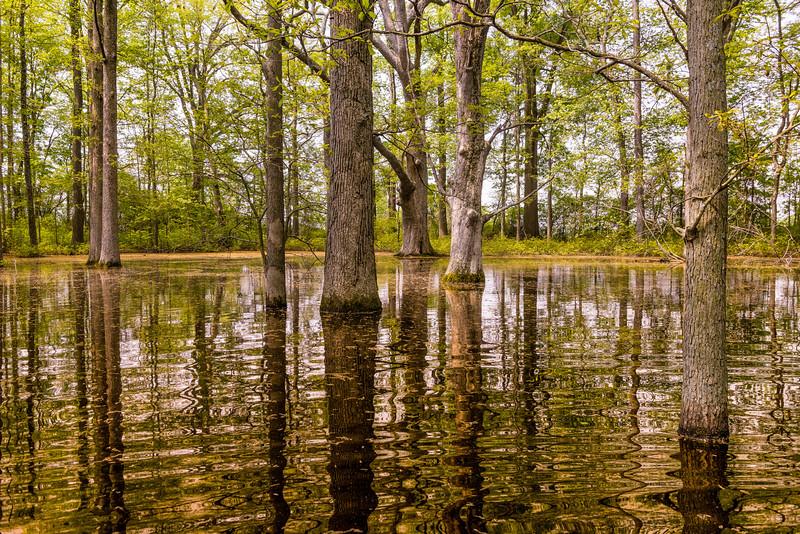
In particular regions of the country, there are unique water bodies that influence the health of downstream waters and therefore may be protected under the Clean Water Rule. Prairie potholes, Carolina and Delmarva bays, pocosins, western vernal pools in California, and Texas coastal prairie wetlands are critical resources for the surrounding communities – for fishing, hunting, recreation; for their ability to filter pollution to streams and rivers; and reduce flooding. Read a blog about regional waters. (10 of 10)
